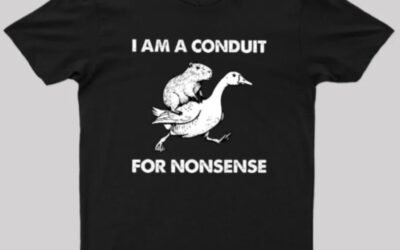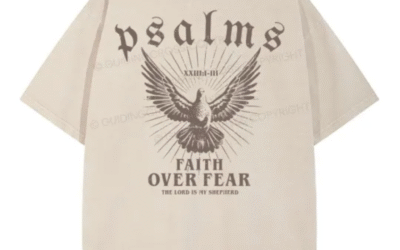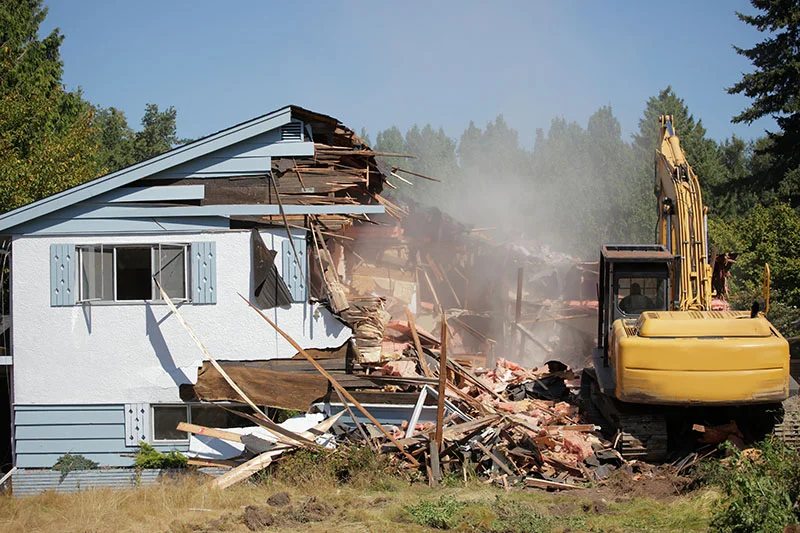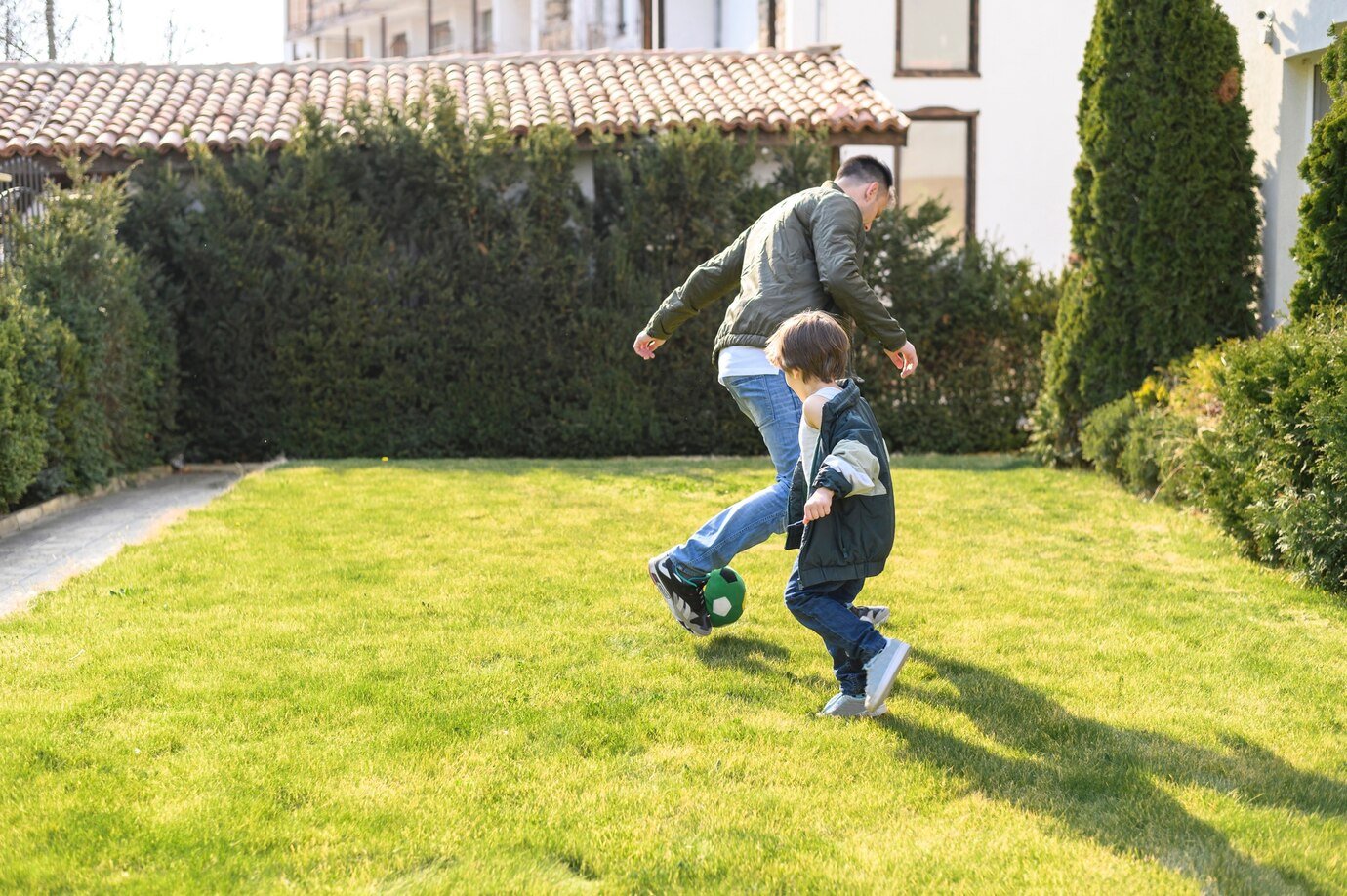Weather-Resistant Patio Conversation Sets: Best Materials for Longevity

When investing in outdoor furniture, durability is key. A high-quality weather-resistant patio conversation set can withstand rain, sun, wind, and even snow while maintaining its aesthetic appeal. But with so many materials available, how do you choose the best one for longevity?
In this guide, we’ll explore the top weather-resistant materials for patio conversation sets, their pros and cons, and expert tips to help you make an informed decision.
Why Choose a Weather-Resistant Patio Conversation Set?
Outdoor furniture is constantly exposed to the elements. Without proper materials, your patio set can fade, rust, crack, or deteriorate within just a few seasons. A weather-resistant conversation set ensures:
✔ Longer lifespan – Resists UV rays, moisture, and temperature fluctuations.
✔ Lower maintenance – Requires minimal cleaning and upkeep.
✔ Year-round use – Stays in good condition even in harsh climates.
✔ Better investment – Saves money by avoiding frequent replacements.
Now, let’s dive into the best materials for long-lasting outdoor conversation sets by Jardina Furniture.
Best Weather-Resistant Materials for Patio Conversation Sets
- Aluminum (Powder-Coated or Cast Aluminum)
Best for: Rust-proof, lightweight, and modern designs.
Aluminum is one of the most durable and weather-resistant materials for outdoor furniture.
Pros:
✅ Rust-proof – Won’t corrode, even in coastal areas.
✅ Lightweight – Easy to move and rearrange.
✅ Low maintenance – Just wipe clean with mild soap and water.
✅ Powder-coated options – Extra protection against fading and scratches.
Cons:
❌ Can feel less sturdy in windy conditions (unless it’s cast aluminum).
❌ Cheaper aluminum may dent over time.
Pro Tip: Opt for cast aluminum for a heavier, more durable option.
- Teak Wood
Best for: Classic, natural look with exceptional durability.
Teak is a premium hardwood known for its natural resistance to moisture, insects, and rot.
Pros:
✅ Naturally weather-resistant – Contains oils that repel water.
✅ Ages beautifully – Develops a silvery patina over time.
✅ Extremely durable – Lasts decades with proper care.
✅ Eco-friendly – Sustainably sourced teak is available.
Cons:
❌ Expensive – Higher upfront cost than other materials.
❌ Requires occasional maintenance – Needs teak oil to maintain golden color.
Pro Tip: Use a teak sealer to prolong its lifespan and prevent cracking.
- Synthetic Wicker (Resin Wicker)
Best for: Stylish, all-weather wicker look without maintenance.
Unlike natural wicker, synthetic (resin) wicker is made from polyethylene or PVC, making it highly resistant to weather damage.
Pros:
✅ UV-resistant – Won’t fade or crack in sunlight.
✅ Waterproof – Perfect for rainy climates.
✅ Low maintenance – Just hose off dirt.
✅ Lightweight yet sturdy – Often paired with aluminum frames.
Cons:
❌ Cheaper versions may sag over time.
❌ Not biodegradable – Less eco-friendly than natural materials.
Pro Tip: Choose high-density resin wicker for better durability.
- Stainless Steel
Best for: Sleek, modern, and ultra-durable furniture.
Stainless steel is rust-resistant and ideal for humid or coastal environments.
Pros:
✅ Highly durable – Resists corrosion and heavy use.
✅ Modern aesthetic – Sleek, contemporary look.
✅ Low maintenance – Easy to clean and doesn’t require sealing.
Cons:
❌ Heavy – Hard to move frequently.
❌ Can get hot in direct sun – Use cushions for comfort.
Pro Tip: Look for marine-grade stainless steel for maximum rust resistance.
- Polywood (Recycled Plastic Lumber)
Best for: Eco-friendly, maintenance-free outdoor furniture.
Made from recycled plastic, Polywood mimics the look of wood but is entirely weatherproof.
Pros:
✅ Zero maintenance – No sealing, painting, or staining needed.
✅ Waterproof & fade-resistant – Great for extreme weather.
✅ Eco-friendly – Made from recycled materials.
✅ Durable – Won’t splinter, crack, or rot.
Cons:
❌ Heavier than aluminum or wicker.
❌ Limited design options compared to metal or wood.
Pro Tip: Ideal for coastal areas due to its saltwater resistance.
- Wrought Iron
Best for: Traditional, heavy-duty, and ornate designs.
Wrought iron is extremely sturdy but requires maintenance to prevent rust.
Pros:
✅ Very durable – Can last decades.
✅ Elegant designs – Often features intricate detailing.
✅ Wind-resistant – Heavy enough to stay in place.
Cons:
❌ Prone to rust – Needs regular painting or powder-coating.
❌ Heavy & hard to move.
❌ Gets hot/cold with temperature changes.
Pro Tip: Choose powder-coated wrought iron for better rust protection.
How to Maintain Your Weather-Resistant Patio Set
Even the most durable materials benefit from proper care:
✔ Cover or store furniture during extreme weather (if possible).
✔ Clean regularly with mild soap and water.
✔ Use protective sealants for wood and metal.
✔ Add cushions with UV-resistant fabric for extra comfort and longevity.
Final Verdict: Which Material is Best?
| Material | Best For | Durability | Maintenance |
|---|---|---|---|
| Aluminum | Lightweight, modern | High | Low |
| Teak Wood | Classic, natural look | Very High | Moderate |
| Synthetic Wicker | All-weather style | High | Low |
| Stainless Steel | Modern, coastal areas | Very High | Low |
| Polywood | Eco-friendly, no upkeep | High | None |
| Wrought Iron | Traditional, heavy-duty | High | High |
For best overall longevity, powder-coated aluminum, teak, and Polywood are top choices.
Conclusion
Choosing weather-resistant patio conversation sets depends on your climate, style preferences, and budget. Aluminum, teak, and synthetic wicker offer excellent durability with low maintenance, while stainless steel and Polywood are ideal for harsh conditions.
By selecting the right material and following proper care tips, your outdoor furniture can last for years while staying stylish and comfortable.









